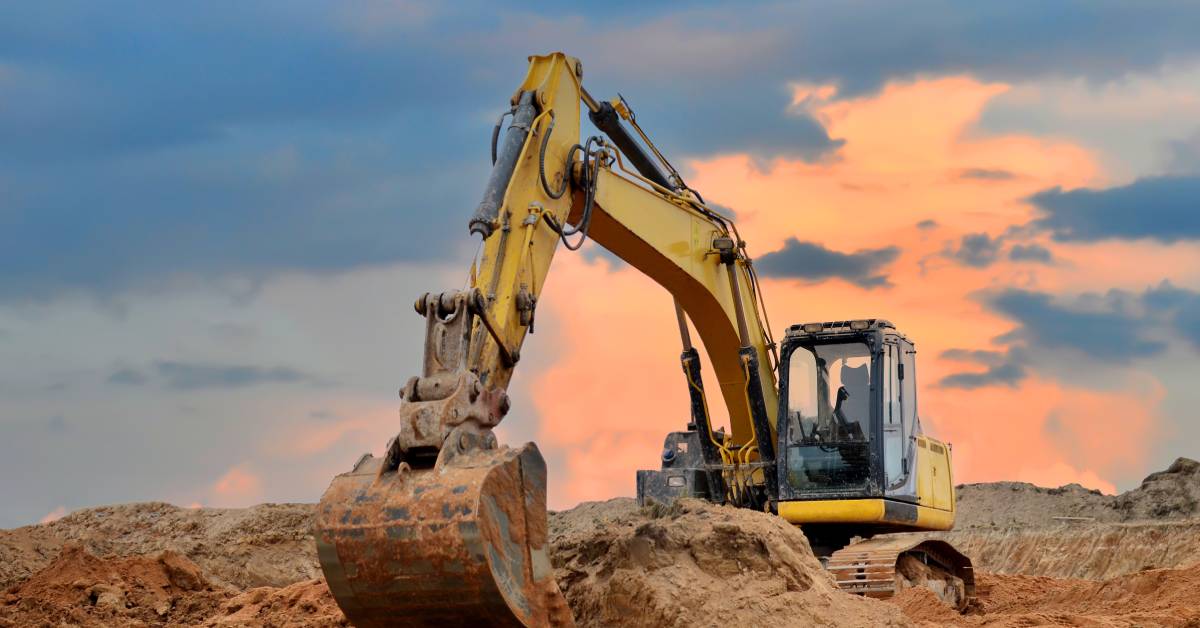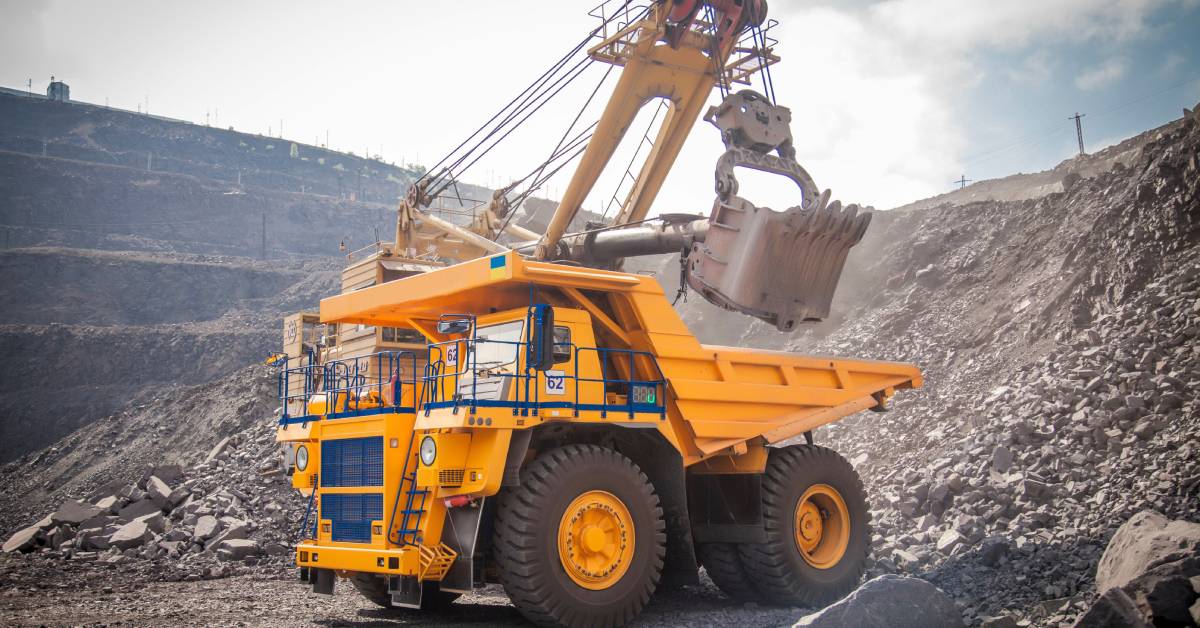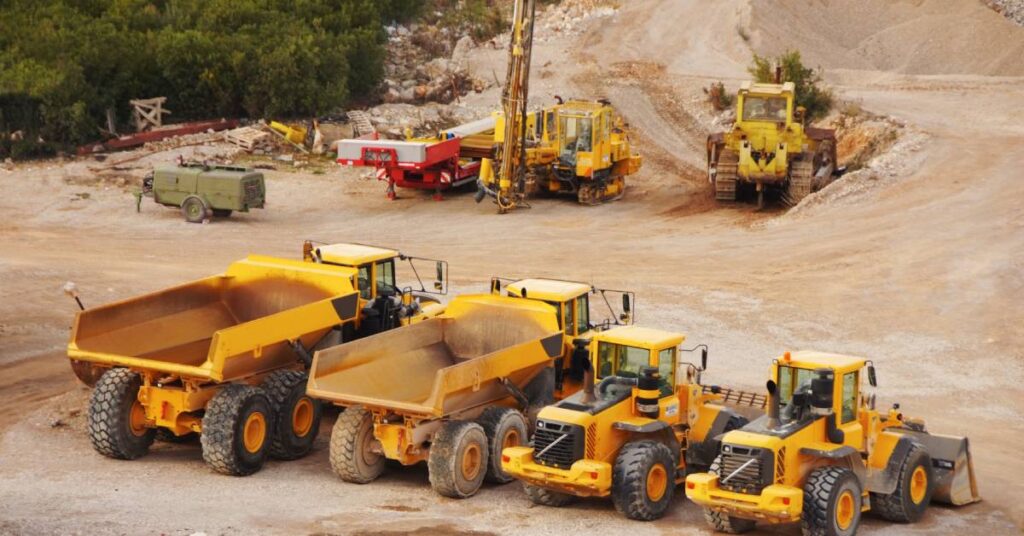If you’re in the market for heavy equipment, chances are you’ve come across PowerShift transmission. This innovative technology has been gaining popularity in recent years due to its many advantages. However, as with any product, there are pros and cons of heavy equipment PowerShift transmissions to consider before making a decision. There are benefits and drawbacks to PowerShift transmissions, and when you understand all that comes with these transmissions, you can make the choice that’s right for your heavy equipment.
Pro: Increased Efficiency
One of the most remarkable features of PowerShift transmissions is their capacity to significantly boost the efficiency of heavy equipment. By facilitating seamless gear shifting without interrupting the power flow, PowerShift reduces fuel consumption and enhances productivity, making operations smoother and more cost-effective over time. This increase in efficiency optimizes energy usage while also making it easier for equipment to run in demanding conditions.
Con: Higher Initial Cost
There’s a lot to love about increased efficiency, but that efficiency comes at a cost. PowerShift transmissions come with a higher upfront cost when you compare them to traditional transmissions. This higher cost is primarily due to its advanced technology and the enhanced performance it offers, which includes improved fuel efficiency and smoother gear transitions.
For buyers operating on limited budgets, this initial expense can be a significant deterrent. However, it is also important to remember that there are long-term cost savings with PowerShift transmissions in the form of reduced fuel consumption and lower emissions.
Pro: Less Operator Fatigue
Operating heavy equipment can be physically taxing, often requiring sustained attention and manual effort. PowerShift transmissions alleviate this burden by automating the gear-shifting process, removing the need for manual adjustments. This automation reduces operator fatigue, enabling them to concentrate on critical tasks without the physical strain of constant manual gear changes. As a result, operators can maintain higher levels of focus and precision, leading to improved job performance and satisfaction.
Con: Learning Curve
Although PowerShift is more user-friendly and straightforward, operators accustomed to traditional gear shifting might experience a learning curve. This learning curve is especially present for those who have spent years mastering the intricacies of manual transmissions. The transition involves understanding the nuances of automated shifting and the handling benefits it brings to vehicle operation.

Pro: Better Control
With PowerShift transmissions, operators enjoy precise and smooth gear changes, translating to superior control over heavy machinery. This advantage is particularly vital when navigating rough terrains or confined spaces, where precision is paramount for safety and efficiency. The ability to adjust gears smoothly without losing momentum enhances the equipment’s performance, providing operators with the confidence to maneuver challenging mining environments.
Con: Maintenance
While PowerShift transmissions boast reduced maintenance requirements when you compare them against their traditional counterparts, they still require regular servicing and maintenance. This maintenance might require specialized technicians who are familiar with the technology, potentially increasing the overall cost of ownership. Additionally, regular checkups are essential to prevent minor issues from escalating into major repairs.
Pro: Lower Maintenance Costs
PowerShift transmissions have fewer moving parts than traditional mechanisms. This engineering innovation results in reduced maintenance needs and a longer operational lifespan, offering significant cost savings for equipment owners in the form of less downtime and reduced expenses. The durability and reliability of PowerShift translate to fewer service interruptions, increasing the machine’s lifetime value.
Con: Compatibility
Not all heavy equipment models are compatible with PowerShift transmissions. This compatibility issue makes it vital for buyers to meticulously research and confirm compatibility before making a purchase. Without proper research, you could purchase the wrong transmission and experience operational inefficiencies that disrupt workflow and increase overall project costs.
Pro: Versatility
The versatility of PowerShift transmissions makes them suitable for a wide array of heavy equipment, including trucks, bulldozers, and excavators. This adaptability provides immense value for owners managing diverse types of machinery, ensuring consistent performance across different applications. Whether in construction, mining, or agriculture, PowerShift can accommodate the unique demands of each sector!
Con: Electronic Components
PowerShift relies heavily on electronic components for standard operation. While this technology enables smoother shifting and improved efficiency, it also introduces the risk of electronic malfunctions. Without proper maintenance, these components can fail, resulting in significant downtime and repair costs.
Pro: Efficient Power Transfer
Equipped with advanced technology, PowerShift ensures the efficient transfer of power from the engine to the wheels. This capability results in enhanced performance and productivity, enabling heavy equipment to function at its highest potential. The optimized power transfer also makes it easier for the operator to do their job quickly and efficiently.
Con: Dependence on Technology
Heavy equipment equipped with PowerShift transmissions are heavily dependent on technology. In the event of any electronic or software malfunction, the equipment may become inoperable until you resolve the issue. This dependence means with PowerShift transmissions, you need to have contingency plans in place so that you can avoid major operational disruptions.

Pro: Reduced Wear and Tear
The smooth gear shifting of PowerShift transmissions minimizes wear and tear on the machinery, prolonging its lifespan and reducing the likelihood of frequent repairs. This reduction in wear and tear further cuts down on operational costs, allowing businesses to channel resources into other areas of their operations.
Con: Compatibility With Attachments
Certain attachments might not function as efficiently with PowerShift transmissions as with traditional systems. This poor compatibility could limit the versatility of the equipment, especially in operations that require frequent attachment changes. It is important for operators to conduct thorough testing to ensure any attachments you have are compatible.
Pro: Better Traction
With precise gear changes, PowerShift transmissions can improve traction on uneven or slippery surfaces. Whether on muddy construction sites or icy roads, PowerShift enables machinery to maintain stable footing, reducing the risk of slippage.
Con: Lack of Manual Control
Although PowerShift offers a manual mode for operators seeking greater control, it may not provide the same level of precision and tactile feedback as traditional gear shifting. Experienced operators who rely on this manual control for specific tasks might find the transition challenging.
Pro: Ease of Operation
The automatic shifting feature of PowerShift simplifies the operation of heavy equipment, making it more accessible even to operators with limited experience. This ease of use can also reduce training time, allowing new operators to become proficient quickly and effectively.
PowerShift transmission offers numerous pros and cons for heavy equipment owners. Some pros include increased efficiency, improved control and safety, and lower maintenance costs, but like with any piece of technology, there are drawbacks to consider as well.
It’s important to carefully evaluate your needs and do thorough research before deciding if PowerShift transmission is the right choice for your heavy equipment. If you ever need any off-highway transmission services, you should let Bull Powertrain take care of you. We have all the necessary equipment and experience to take care of you and your off-highway mining equipment for years to come!

